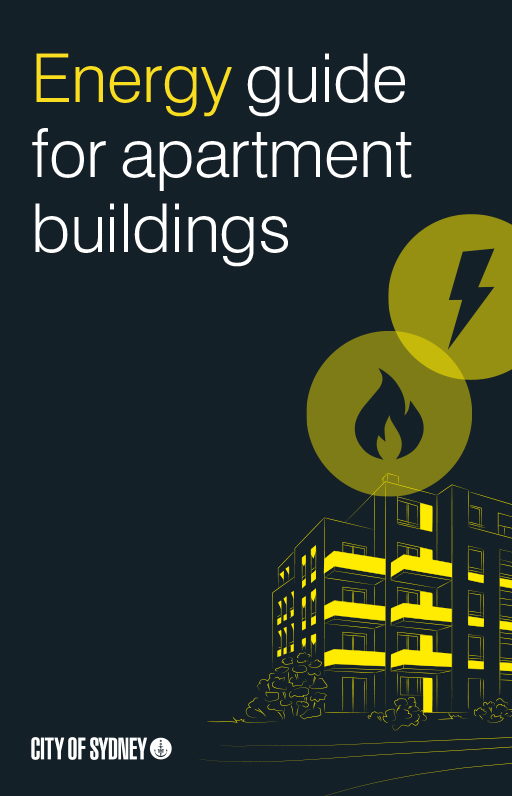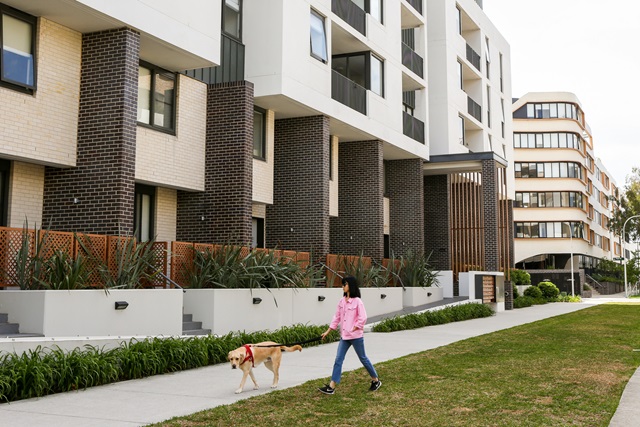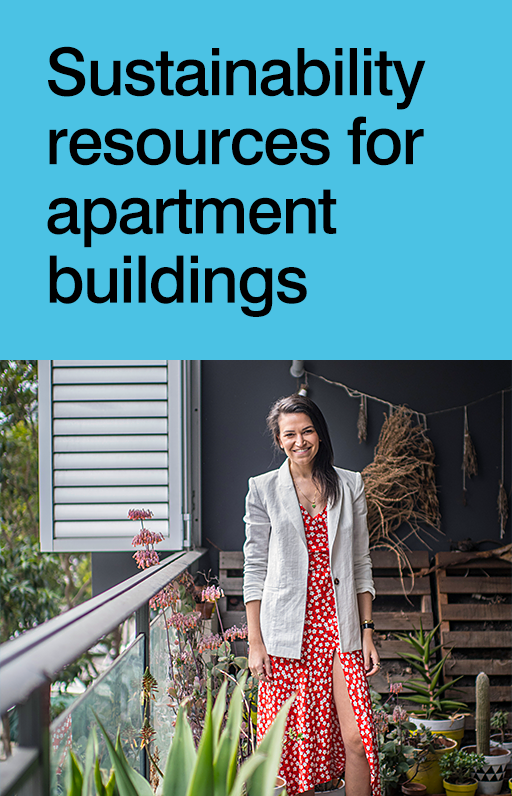Energy guide for apartment buildings
Learn how to manage your building’s carbon footprint and save money along the way.
Published

Apartment buildings can easily cut bills by one-third with low or no-cost solutions.
This guide provides tips about how to rate your building’s performance, developing an energy action plan, monitoring energy use, why it’s good to use sub-meters, installing a solar system and going all electric.
Takeaways
- Up to 60% of an apartment building’s total energy use may come from common property, particularly buildings with centralised plant equipment, underground car parks, gyms and swimming pools.
- It’s useful to get your whole building’s energy use measured yearly with a National Australian Built Environment Rating System (NABERS) rating. This will show how your building’s energy use compares to similar properties.
- An energy action plan is prepared by an expert and should include a site visit to your building. Hidden assets and complex metering are often discovered, which can otherwise go unnoticed.
- Buying GreenPower is your fastest and easiest way to buy renewable electricity. As electricity is considered part of ongoing building administration, your strata committee can switch plans without waiting for an annual general meeting.
- Centralised gas systems are commonly found in mid- to high-rise apartment buildings. The most efficient and reliable alternative is a heat pump.
Energy guide for apartment buildingsPDF · 1.79 MB · Last modified




